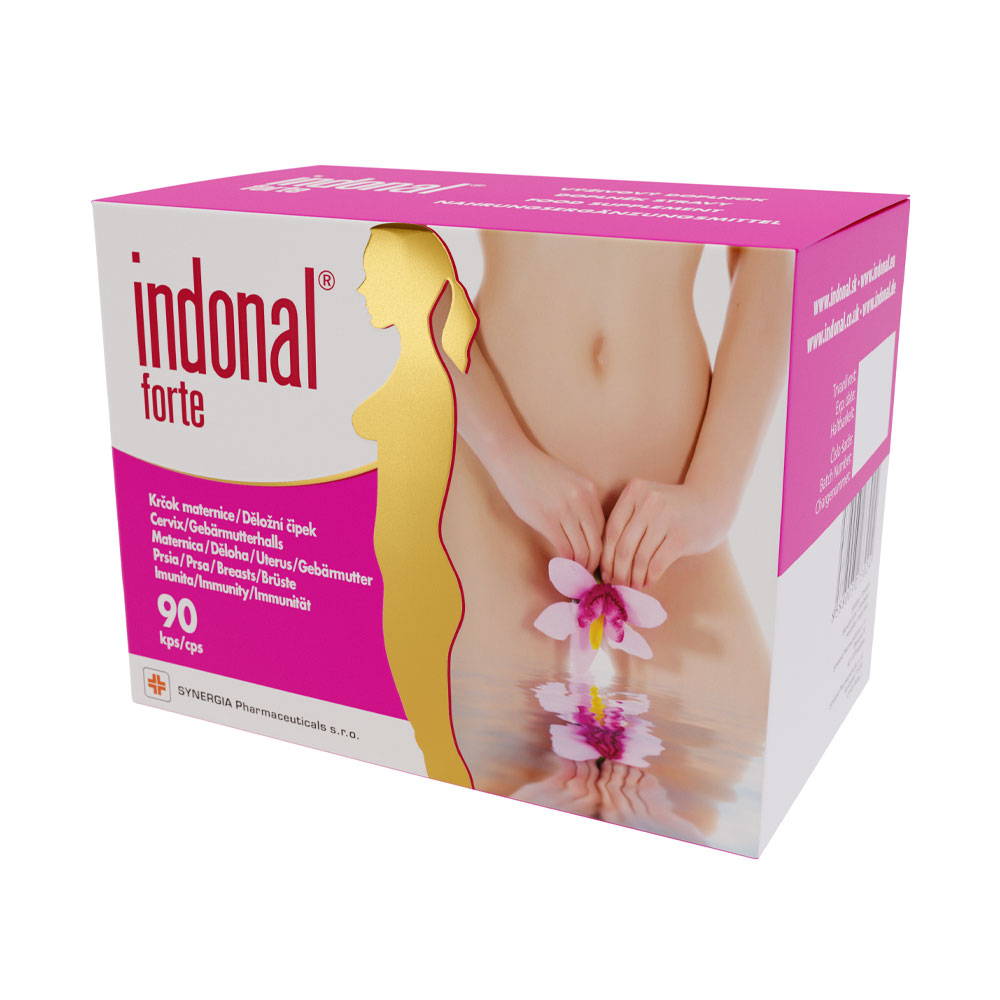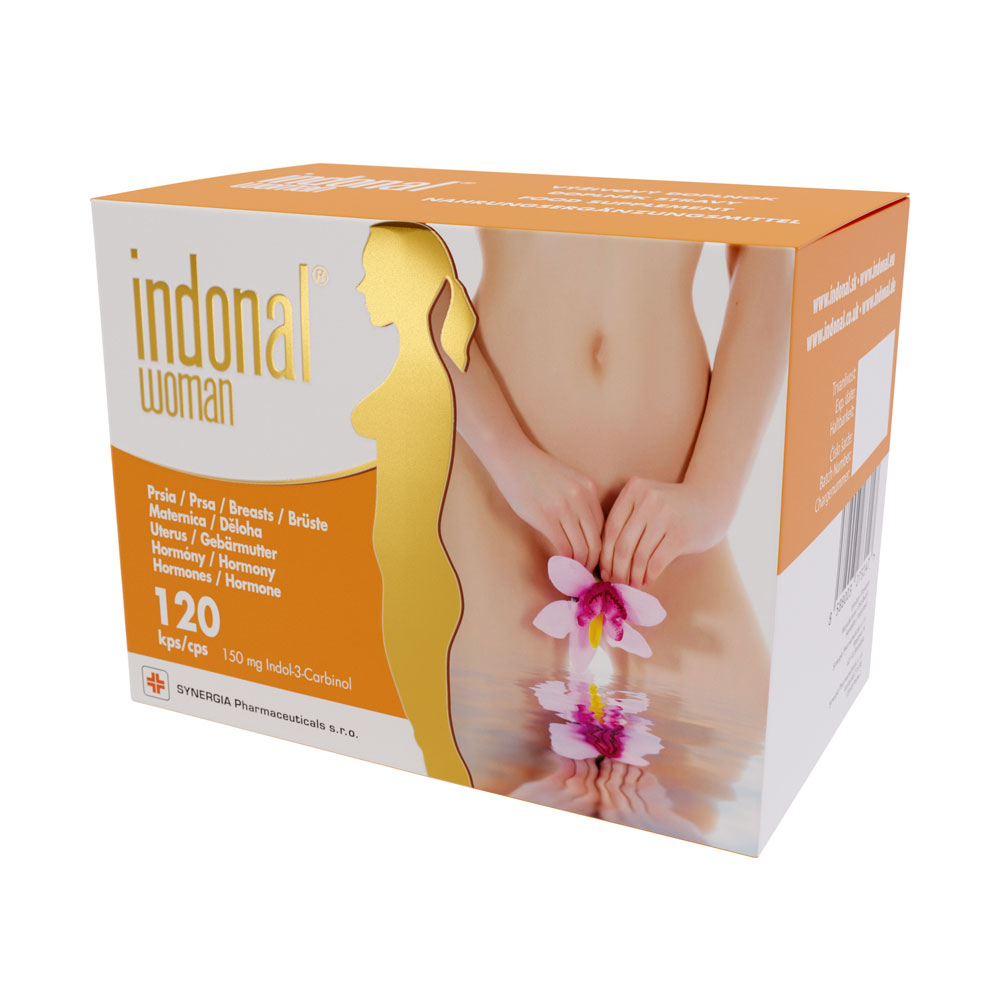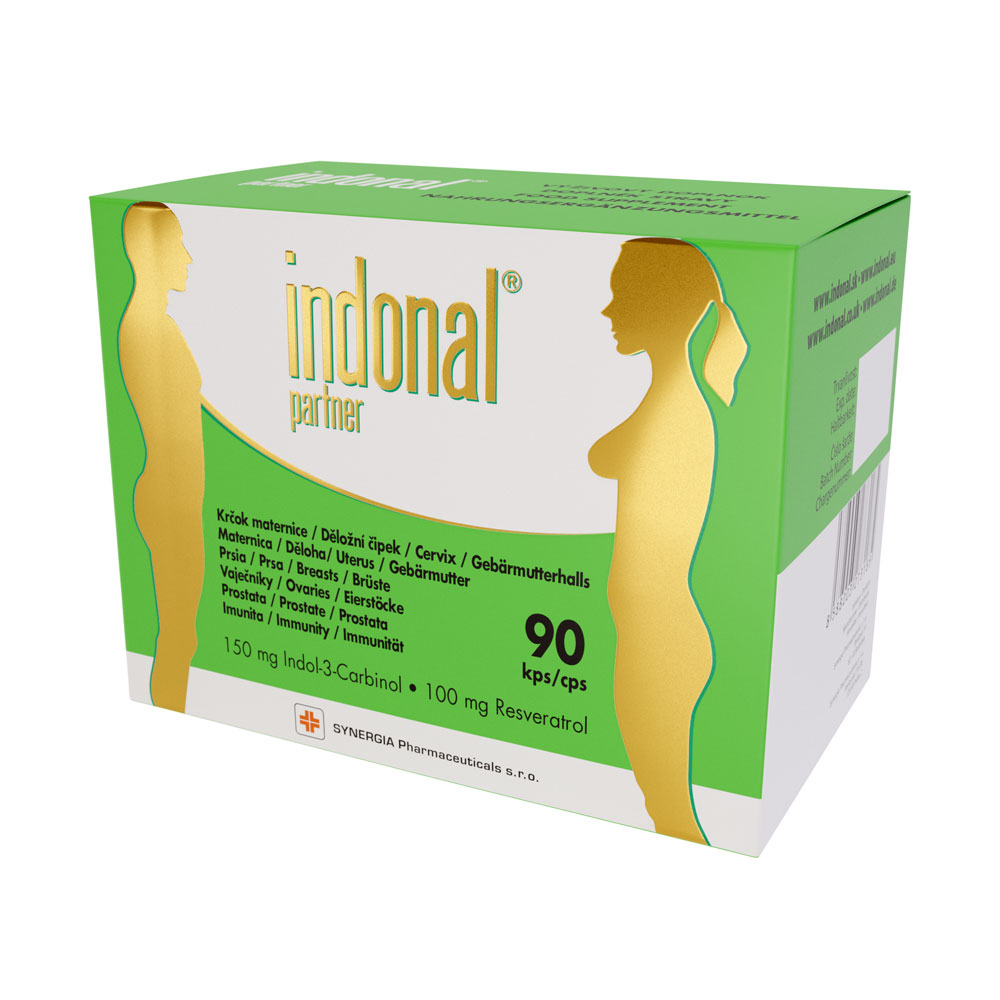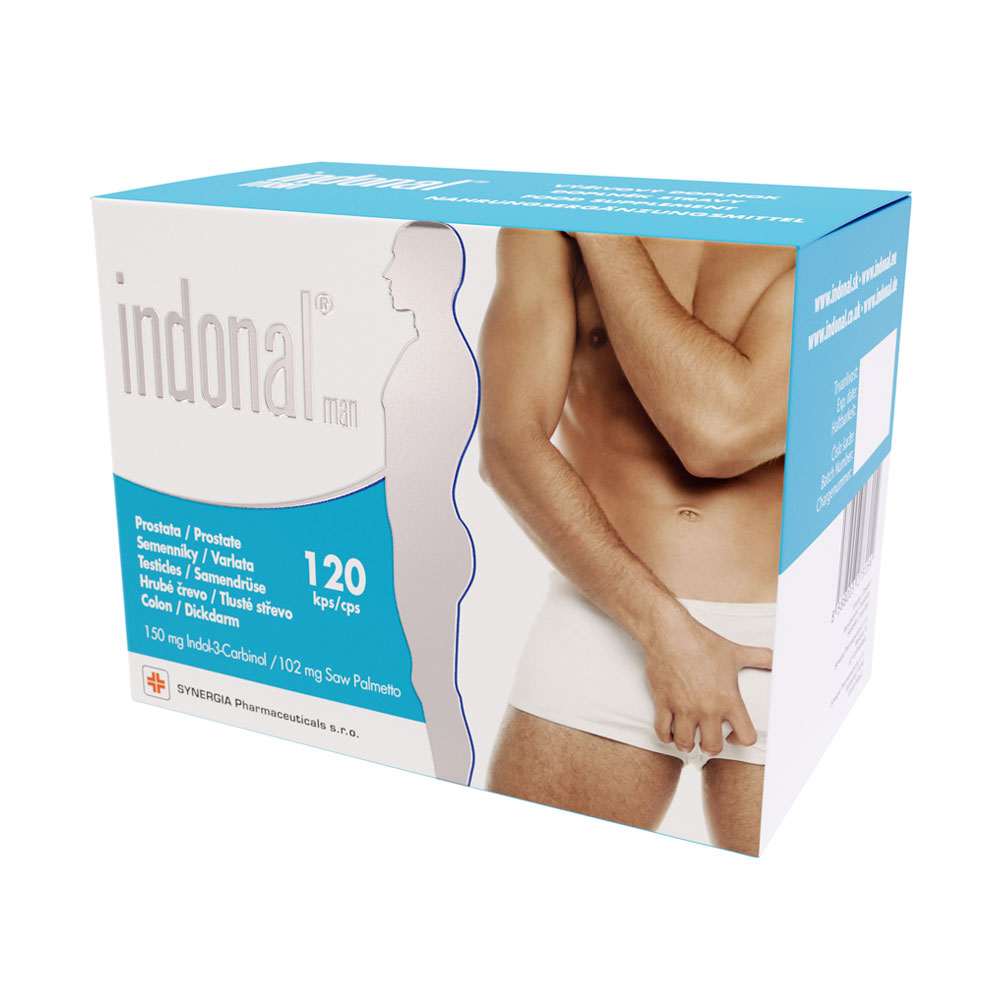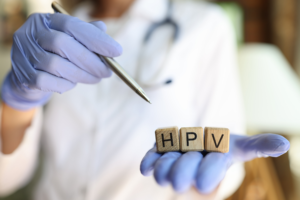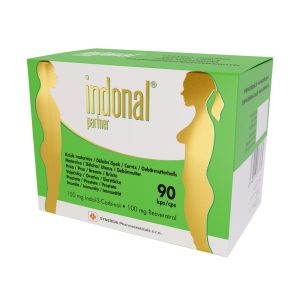HPV (Human Papillomavirus) is a common viral infection that affects the skin and mucous membranes.
Types of HPV
There are more than 200 types of HPV, divided into two main categories: low-risk and high-risk.
- Low-risk HPV (e.g., types 6 and 11) can cause warts on the skin or genitals.
- High-risk HPV (e.g., types 16 and 18) are associated with cancer, particularly cervical cancer, but also with cancers of the anus, penis, vagina, vulva, and oropharynx.
Transmission
HPV is primarily transmitted through skin-to-skin contact, including sexual intercourse, anal, and oral sexual practices. Non-sexual transmission is possible but less common.
Symptoms
Most HPV infections are asymptomatic and resolve on their own. When symptoms do appear, they may include warts (genital, plantar, or common warts). Persistent infections with high-risk types can lead to precancerous lesions and, if untreated, cancer.
Cervical cancer is the most well-known consequence of high-risk HPV infection. Regular screening through Pap tests and HPV tests is crucial for early detection and treatment.
Prevention
- Safe sexual practices, including the use of condoms, can reduce the risk of HPV transmission but do not completely eliminate it.
- Regular cervical cancer screening and follow-up care for any abnormal results are essential for women.
- Including cruciferous vegetables in the diet or taking supplements containing I3C.
What Helps with HPV?
Indole-3-carbinol (I3C) is a natural compound found in cruciferous vegetables like broccoli, cabbage, kale, and cauliflower. Research indicates that I3C may have potential beneficial effects on HPV infection and related diseases.
I3C converts in the body to diindolylmethane (DIM), an active form with anti-cancer and immunomodulatory properties.
Mechanism of Action of Indole-3-Carbinol (I3C):
- Effect on Estrogen Receptors: DIM can influence estrogen metabolism, a hormone that regulates cell growth. For example, DIM increases the ratio of “good” estrogen (2-hydroxyestrone) to “bad” estrogen (16-hydroxyestrone), potentially reducing the risk of estrogen-dependent tumors.
- Antiproliferative and Apoptotic Effects: I3C and DIM can slow the growth of tumor cells and promote apoptosis (programmed cell death) in abnormal cells, including those infected with HPV. This effect can help reduce the risk of developing precancerous lesions and cervical cancer.
- Immunomodulatory Effects: I3C and DIM can enhance the immune system, strengthening the body’s defense mechanisms against viral infections, including HPV. This may include increasing the activity of immune cells that recognize and destroy infected or abnormal cells.
- Antioxidant and Anti-inflammatory Effects: I3C and DIM have antioxidant properties, meaning they can neutralize harmful free radicals that can damage cells and DNA. Their anti-inflammatory effects can help reduce chronic inflammation associated with the progression of various diseases, including cancer.
Summary
Indole-3-carbinol (I3C) and its active form, diindolylmethane (DIM), act in multiple ways to support health and prevent disease:
- Metabolizing estrogen into less active forms, reducing the risk of estrogen-dependent cancer.
- Inhibiting the growth and promoting the death of abnormal cells, including HPV-infected cells.
- Enhancing the immune system to fight viruses more effectively.
- Neutralizing free radicals and reducing inflammation, which can protect cells from damage and mutations.
These combined effects contribute to the potential protective impact of I3C against HPV infections and related diseases.
Sources:
- Lee, Y. S., et al. “Indole-3-carbinol and genistein exert synergistic effects on apoptosis and cell cycle arrest in human cervical cancer cells.” International Journal of Oncology (1999).
- Bell, M. C., et al. “Placebo-controlled trial of indole-3-carbinol in the treatment of CIN.” Gynecologic Oncology (2000).
- Firestone, G. L., et al. “Indole-3-carbinol is a negative regulator of estrogen receptor-alpha signaling in human tumor cells.” Journal of Nutrition (2005).
- Howells, L. M., et al. “Indole-3-carbinol inhibits the expression of HPV oncoproteins via disruption of E6/E7 RNA processing.” Carcinogenesis (2006).
- Bradlow, H. L., et al. “Indole-3-carbinol: a novel approach to breast cancer prevention.” Annals of the New York Academy of Sciences (2008)






